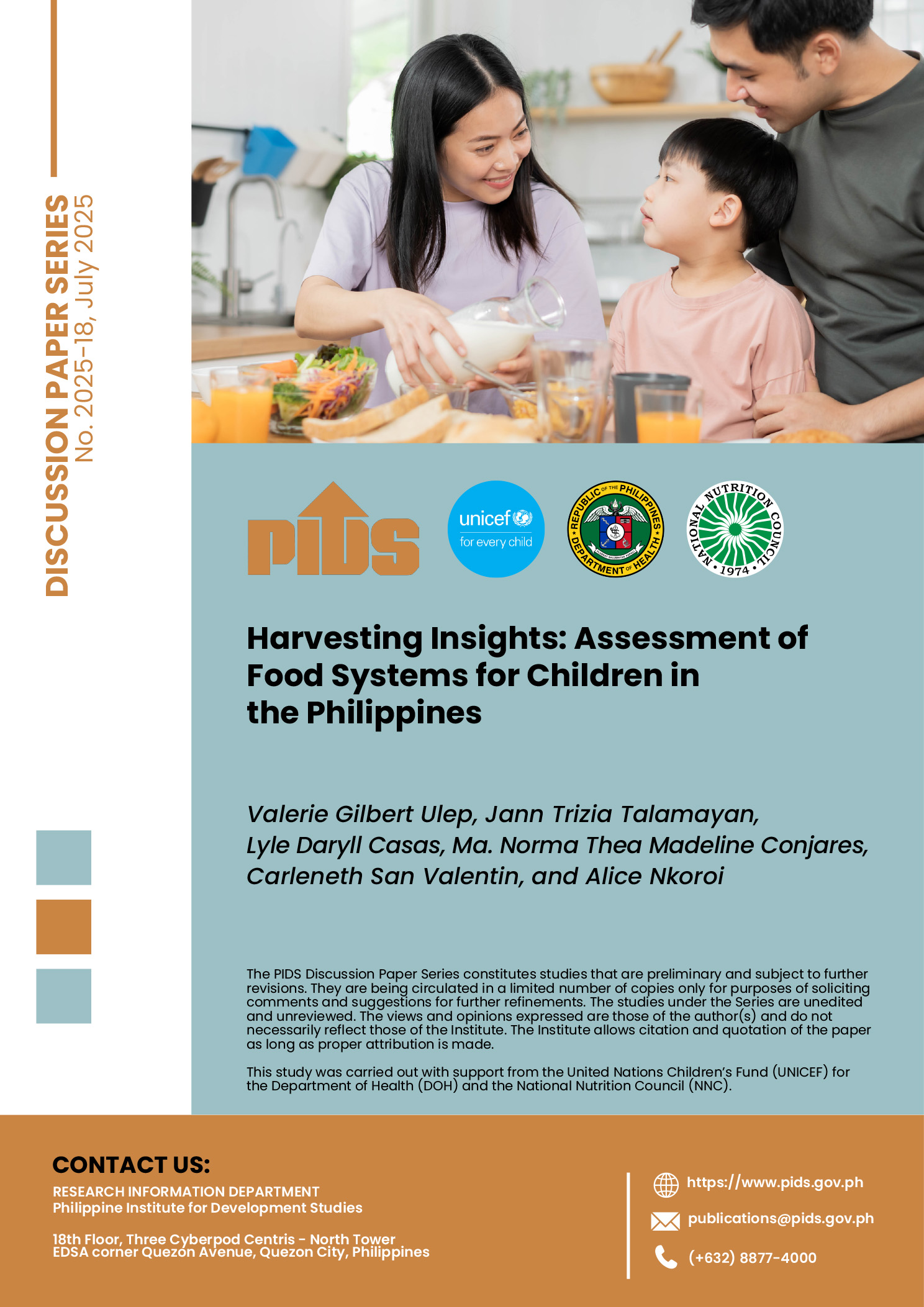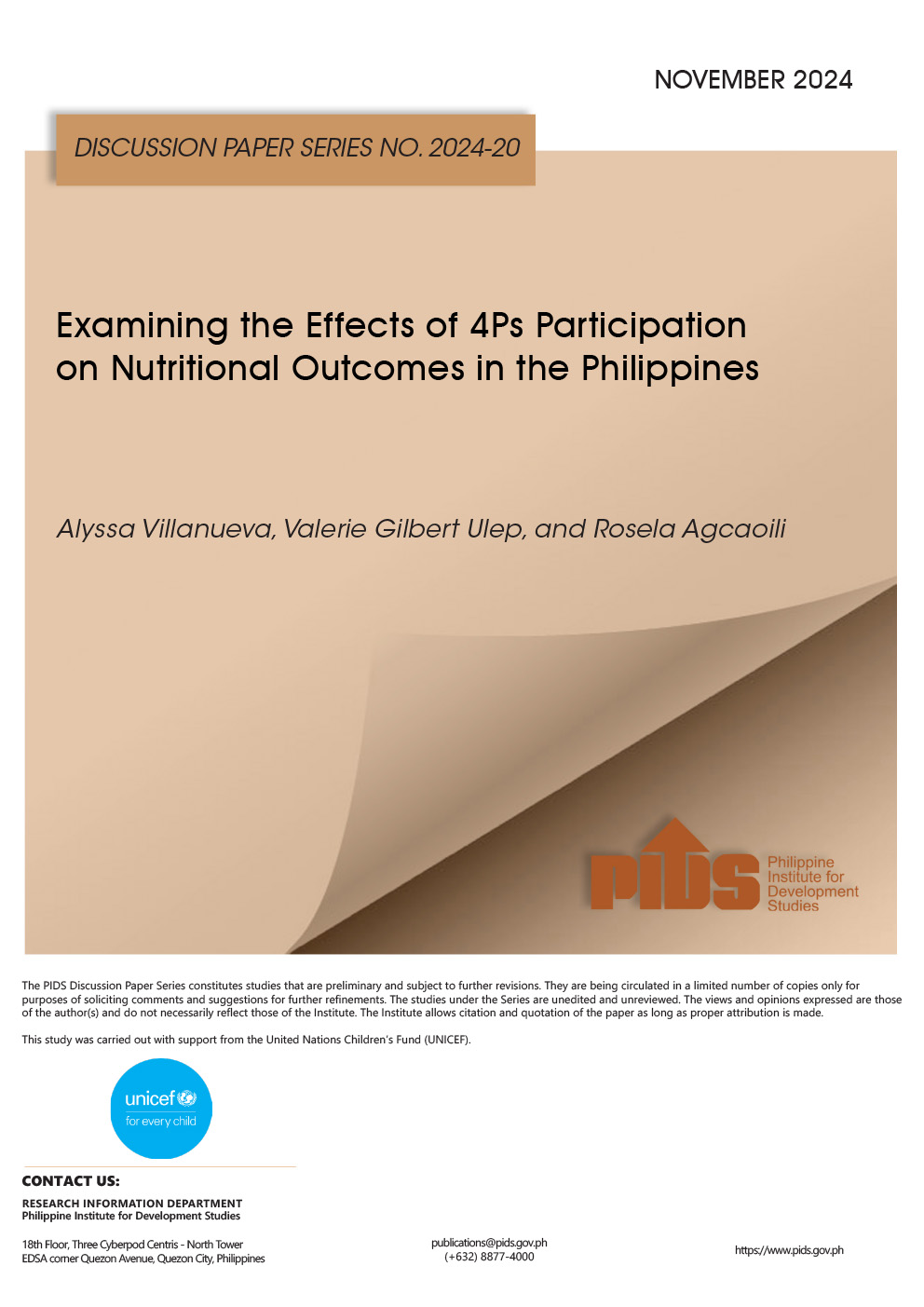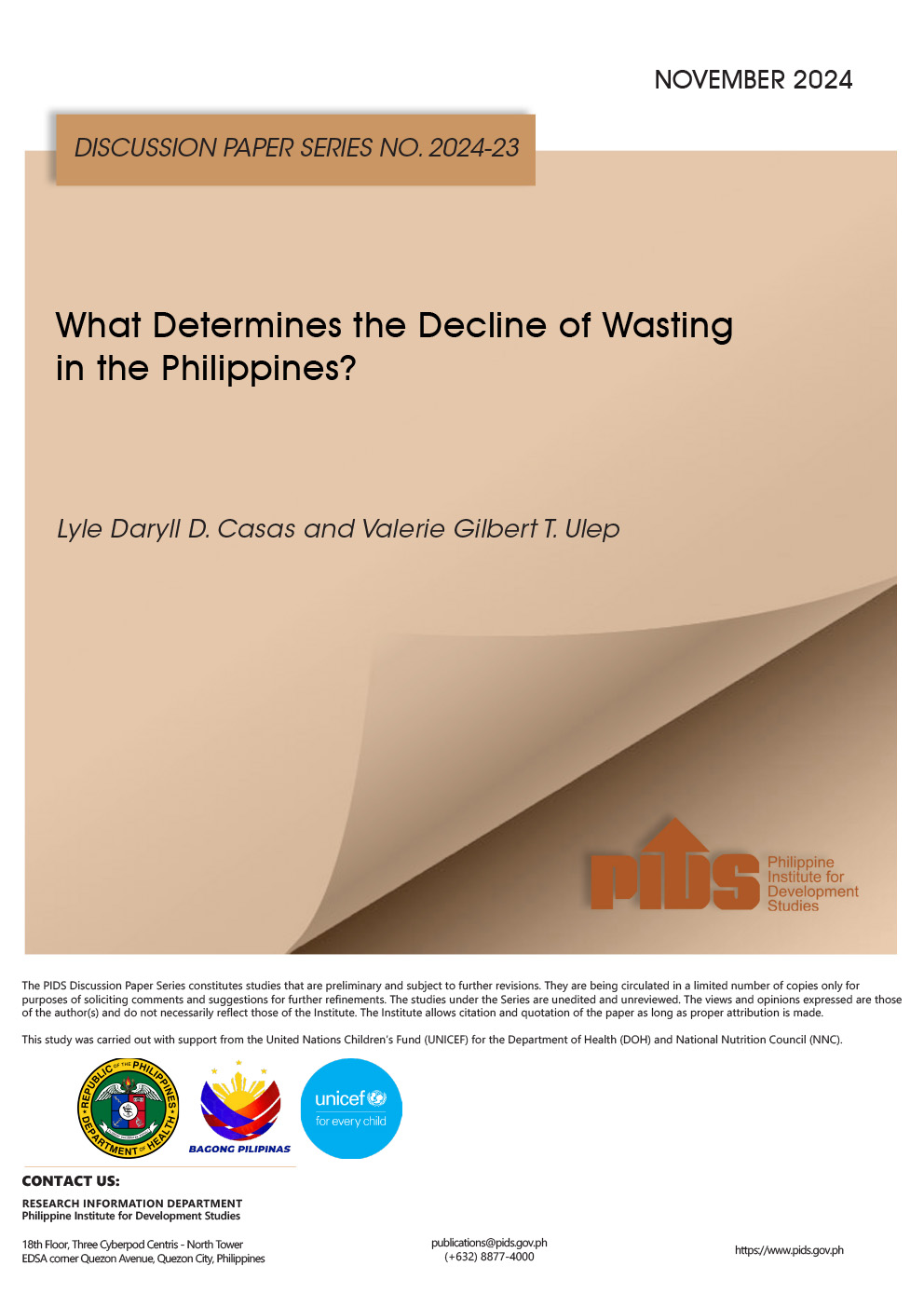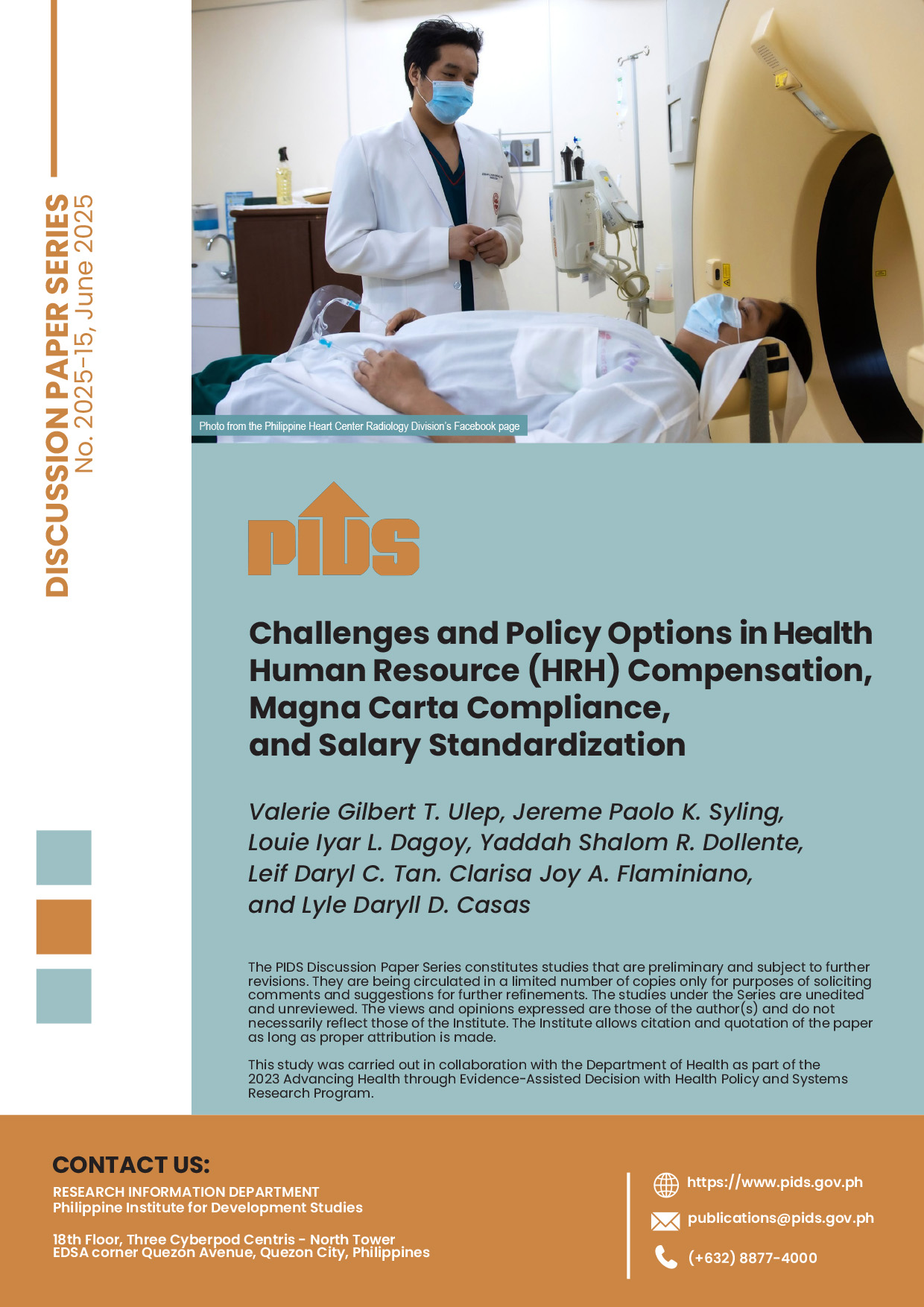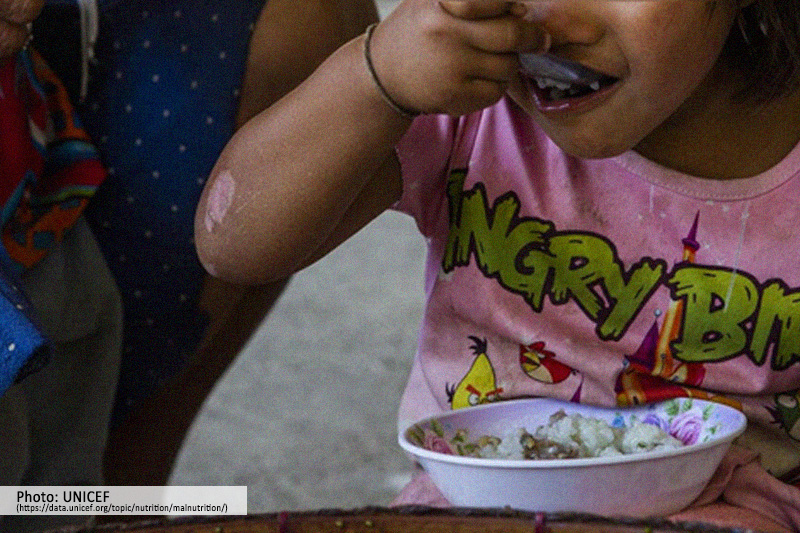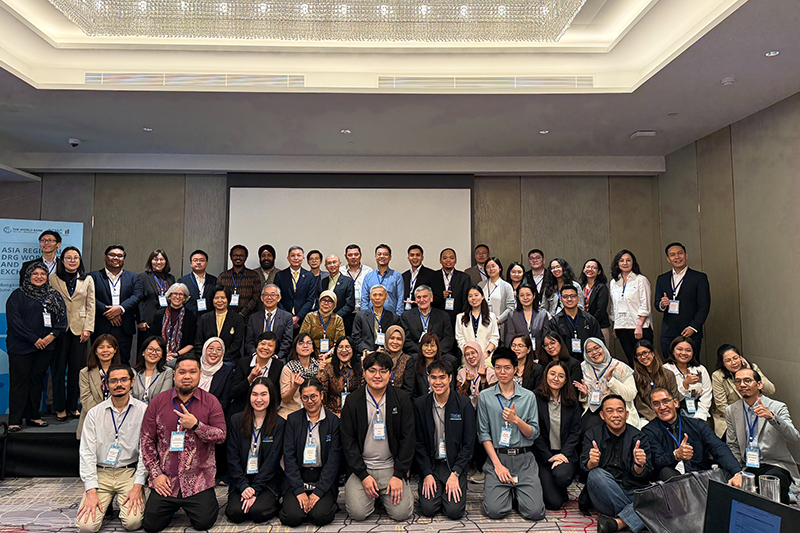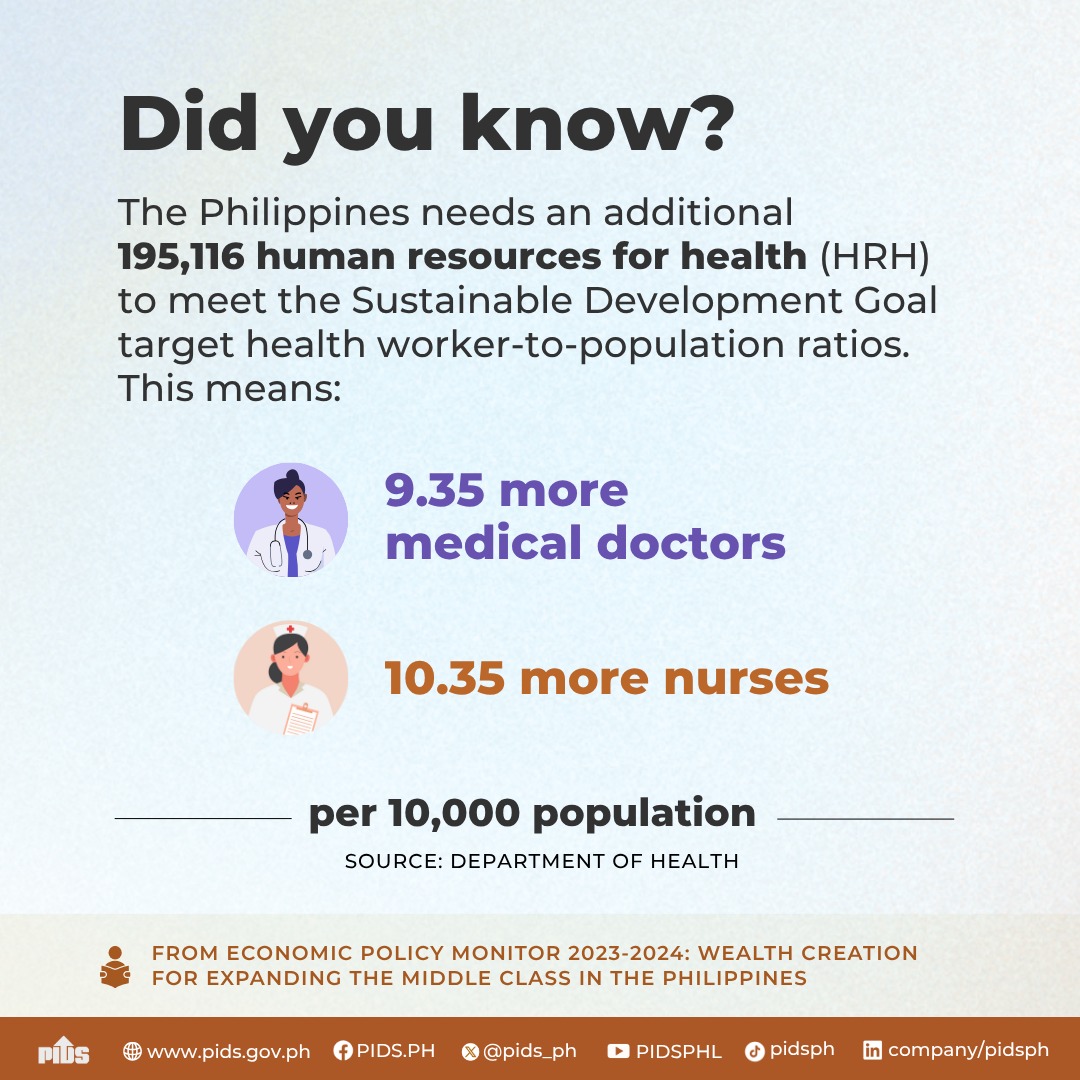In the Philippines, children continue to face challenges in accessing healthy, sustainable, and diverse diets that provide sufficient nutrients for growth and development. This is especially critical given the importance of early developmental stages. The overall structure and functioning of the food system shape children’s diets. Failures in the food system contribute to the triple burden of malnutrition in the country, with children from poorer households particularly vulnerable to undernutrition, micronutrient deficiencies, overweight, and obesity. Using available secondary data, this paper examines the complex interplay between the food system—encompassing the food supply chain, food environment, and individual-level factors—and its impact on children’s diets. Understanding these dynamics is crucial for designing effective interventions to enhance dietary diversity and improve nutrition outcomes. Findings indicate that despite decades of targeted interventions and increased food availability, the Philippine food system remains unable to consistently deliver safe, nutritious, and affordable diets to all. As a result, 48.1 million people cannot afford a healthy diet. Addressing the root causes of limited access and availability is key to breaking the cycle of poverty and malnutrition. Building a resilient, equitable food system requires coordinated action to strengthen food supply chains, food environments, and nutrition behaviors and practices. These efforts are essential for improving child nutrition and ensuring a healthier future generation.
Comments to this paper are welcome within 60 days from the date of posting. Email publications@mail.pids.gov.ph.

